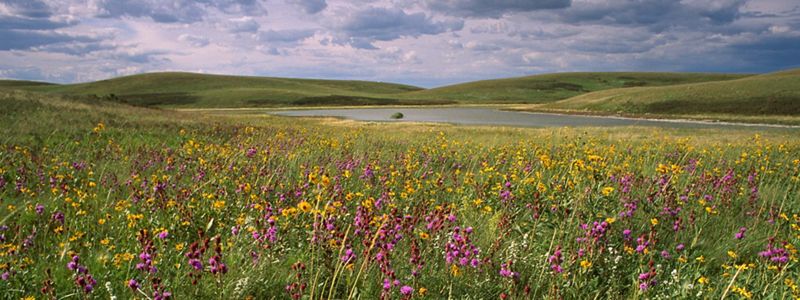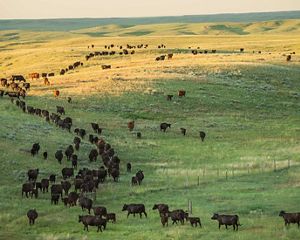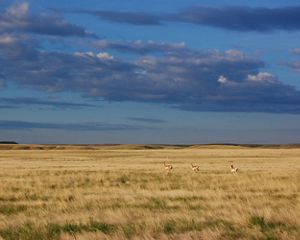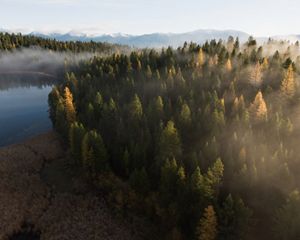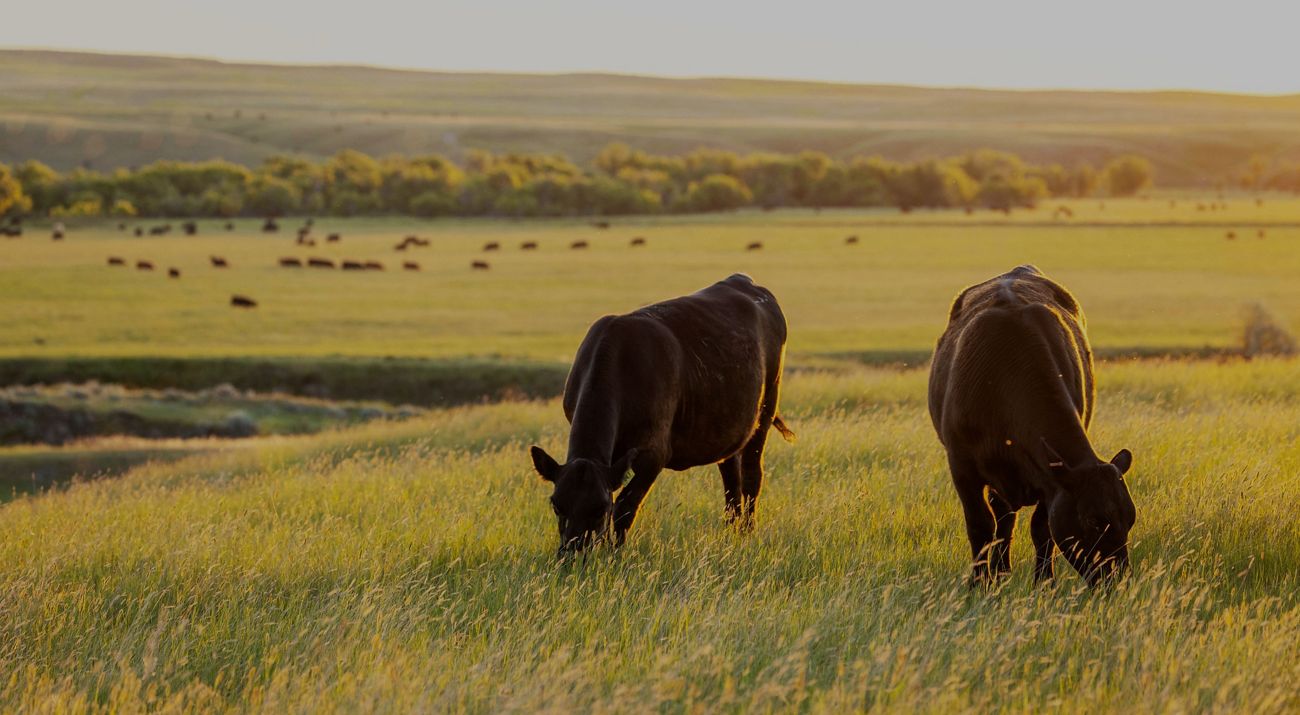
Banking on Grassbanks
In Montana, collaborative grazing benefits ranchers and wildlife.
Among the silvery sagebrush and pastures of Montana’s grasslands, you can find an array of wildlife. Iconic greater sage-grouse dance in the spring, pronghorn sprint across fields and hawks circle in the skies above. The prairie is also home to another, less wild animal—cows. Cattle ranching has long been the legacy and economic driver of central and eastern Montana, and ranchers across the area know just how important it is to keep the land healthy for both their own livelihoods and the wellbeing of wildlife.
One way that The Nature Conservancy contributes to preserving grasslands and our ranching heritage is by offering a grassbank on the Matador Ranch. Consisting of 60,000 acres in central Montana, the Matador Ranch offers a unique opportunity for ranchers in the area—access to pastures rich in grass to graze their cattle in exchange for adopting conservation practices on their own property.
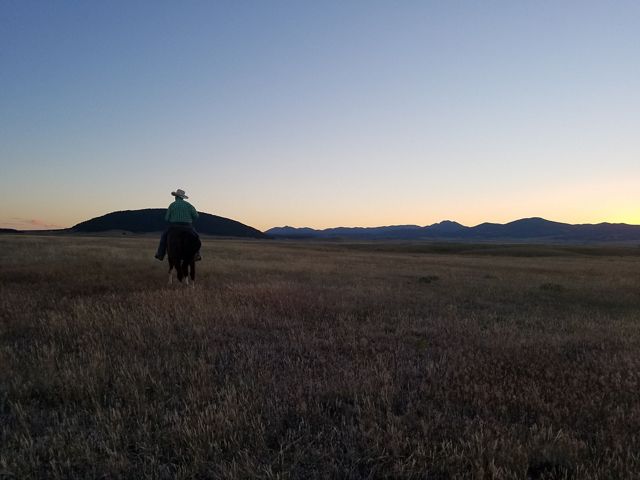
Matador Ranch Preserve
TNC is using the ranch and grazing as tools to maintain wildlife habitat, test sustainable ranching practices and work with local family ranchers to preserve some of the last, intact stretch of native grassland on the Northern Great Plains. Learn more about Matador Ranch.
One of the first ranchers to get involved with the grassbank was Bud Walsh, a neighbor to the Matador and an enrolled member of the Gros Ventre Tribe on Fort Belknap.
“The important thing about the grassbank as a rancher is that you don’t have to have a million dollars or borrow a lot from the bank to come to the Matador,” says Walsh. “You just have to pay a small grazing fee and follow some good, common sense conservation rules.
He admits that the journey to build a successful grassbank wasn’t easy, but everyone was willing to put in a special effort to make it work. He partially credits the success to the fact that the TNC and the Matador Ranch let the ranchers shape the plan for the cattle. By working together and being able to graze on the Matador, they were able to “bank” grass at their own ranches, which led to more sustainable grazing and habitat throughout the larger area.
Quote: Bud Walsh
The important thing about the grassbank as a rancher is that you don’t have to have a million dollars or borrow a lot from the bank to come to the Matador.
“It would be great for more grassbanks to get started,” explains Walsh. “They really help keep people together on the land and cooperating.”
That is exactly what TNC is working towards. Together with our partners at Ranchers Stewardship Alliance and Winnett ACES, we are working to expand the grassbank concept to other ranching communities in Montana.
Stay connected for the latest news from nature.
Sign up to receive monthly conservation news and updates from Montana.
